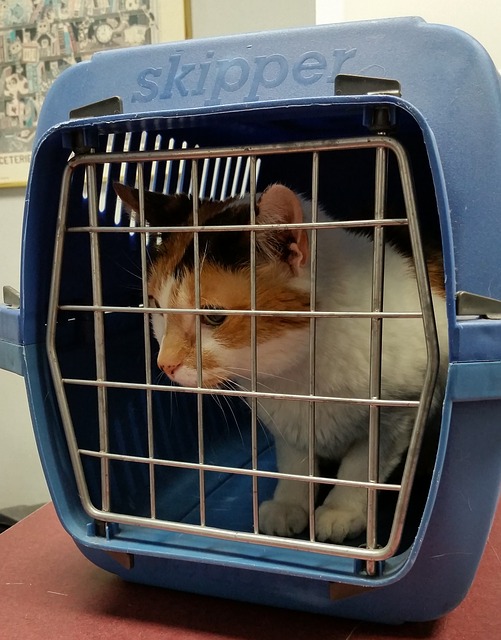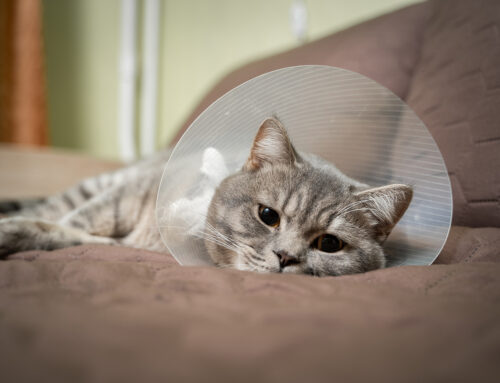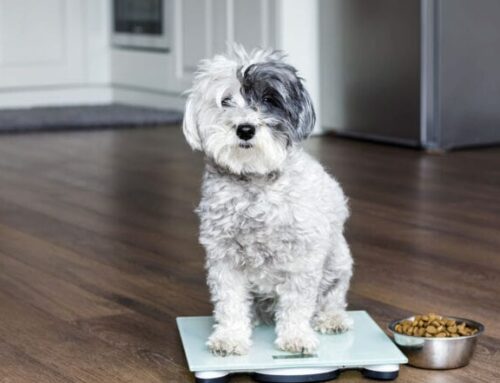Most cats are happiest lazing around at home or in the garden – they certainly don’t stray far from food and cuddles! However, sometimes it might be necessary to take them out of their comfort zone with a trip in the car. Perhaps you need to visit the vets or groomers, or perhaps you just want to have a day out with your kitty. Whatever the reason, transporting cats can be a little trickier than transporting dogs, and you might need to prepare a lot more beforehand. That’s why we’ve compiled a list of 10 tips you can follow to help transport your cat.
Safety en-route
The first thing you should know about transporting your cat (and indeed any animal) is that it’s essential that they’re secured. This is so that they cannot move about and distract the driver, and will not cause further harm in the event of an accident. For cats, this means they are best carried in a cat carrier, or something similar, which is securely strapped into the car (preferably on the rear seats).
What Kind of Cat Carrier?
Our next tip is on what sort of carrier to buy for your cat – a cat carrier should be secure, with no way for the animal to open it. Plastic is best to keep clean and is fairly secure. The size should, of course, be large enough for your cat to move around, but not so large that they might be thrown around while driving – it should be padded out with some blankets or towels to keep it comfy and safe.
Getting Used to the Carrier
You might now be thinking, “Okay, I’ve got a carrier, now what?” Well, you may find that your cat is quite reluctant to get in the carrier, let alone be comfortable in it whilst in a car. To help this, preparation is key – when you get your new carrier, leave it around the house somewhere your cat can get to it. This will make it more familiar. Leave the door open with a blanket inside, to make it inviting. If your cat decides to make a little nest, it may be easy to get them inside when you need to. If they do not, making the carrier a familiar sight will at least stop them bolting for the door when you pick it up!
Getting Used to the Car
So by now, with a little luck and patience, your cat will be much more comfy with their carrier, and you can get them in and out with no problem. Next, your cat needs to learn that the car is equally un-scary! Start slow, by introducing them to the inside of the car (in the carrier or not), while the engine is off. Keep this brief, and ensure they are calm. Reward calm behaviour, and ignore negative behaviour. Gradually do this until they are comfortable.
Next, you can start turning on the engine, so they are used to the sound, smell and vibrations. Once again, patience is key. Eventually, you can progress to short trips in the car while your cat is in their carrier. This acclimatisation will hopefully make travel in general more pleasant.
What to Bring?
So it is the day of your big trip – you’ve hopefully been planning like we advised above, and your cat is a natural at getting in the car. Now you need to decide on what to bring. Depending on the length of journey, you may only need your cat and carrier!
Longer journeys might require water and food supplies (especially in summer), extra blankets, cleaning equipment, and any other essentials. It is a good idea to carry these in the car at all times regardless, so it is not forgotten, and in case of emergencies – make a checklist for your cat travel kit, and make sure you have everything for every journey.
Cats and Hot Cars
We’re sure by now you’ve seen adverts reminding owners not to leave dogs in hot cars – well the same applies to cats too. When the weather is hot, a parked car acts like a greenhouse, and temperatures can soar to dangerous levels. Never leave your cat alone in a parked car, even for a short while. It is always better to take the cat and carrier out with you.
Taking Breaks
Driving can be tiring for people, and your cat will probably agree! On those long trips, make sure to take regular breaks where your cat can have access to fresh water and food. It is probably not practical to let them out of the carrier to stretch their legs, but you might want to consider this if it is safe to do so. You can, of course, keep food and water inside their carrier so there is constant access throughout the journey, but this can easily be knocked over, so we recommend taking more frequent breaks instead.
Nervous Passengers
Even with all the best preparation, some cats just will not take to travelling well. For those nervous kitties, you might want to consider calming pheromone products. They are usually made for around the house, but can be used in the car as well where, ideally, they will help your cat relax for the journey. They can sometimes be bought from pet shops, but why not pop into us, so we can give you more advice on which one is most suitable for your cat?
Preparing for Mess
Whether it’s a dirty protest, an act of nervousness, or they just gotta go, your cat may decide to make a mess of its carrier mid-journey! As you can imagine, this is quite unpleasant for all occupants of the car, so you should stop as soon as you can to clean up. A second pair of hands is useful here, one to clean and one to hold the cat (we’ll leave it to you to decide who gets the messy job!). As above, always make sure it is safe to take your cat out of the carrier first. Clean the carrier carefully, or pop your cat into a spare if you have it. Make sure they have fresh blankets too, and their fur is clean. An air freshener might also be welcome… but make sure it’s a pet safe one!
Watching for Warning Signs
We hope that if you follow the other 9 tips above, your journey with your cat will be safe and uneventful. However, there are a few risks with travelling you should be aware of, and you should know how to spot the signs of these problems. The first is heatstroke, where an animal dangerously overheats. Look for panting, over-quietness, heavy breathing, and collapse. You can help prevent it by ensuring the car is cool, and your cat has good access to water.
The second is distress. Most cats will meow a few times while travelling, since it is not a normal event for them. But if you notice excessive noise, or indeed the opposite, and don’t hear anything, it might be good to check everything is alright. Some signs of heatstroke are similar to distress, and the two conditions can be linked, so checking the temperature is low enough might be the best thing to do first. If there are no other obvious issues, you may have to decide whether to take a long break and let your cat settle, or drive on if it is safe.
Final Thoughts
Transporting your cat doesn’t have to be a challenge. A little time spent planning, and remembering our tips, will make it much easier. We are always available for a chat if you need further advice, but if you remember these 10 tips, you will hopefully find travelling with your kitty a much more pleasant experience for you both. Safe travels!





